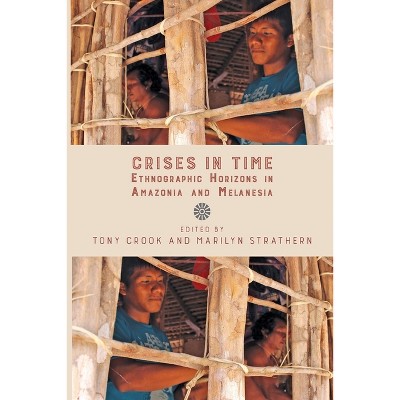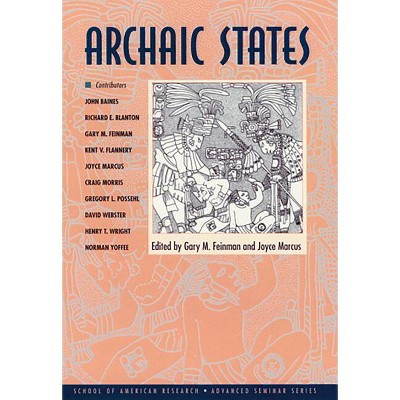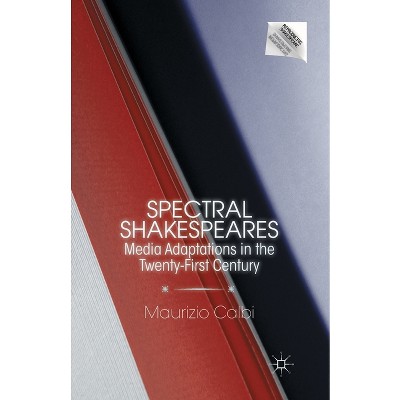About this item
Highlights
- Based on ethnographic research conducted in a town on the Polish-Belarussian border, this book examines borders and the lingering echoes of conflict.
- Author(s): Aimée Joyce
- 218 Pages
- Social Science, Anthropology
Description
About the Book
This book explores the ideas and acts of neighbourliness at the heart of borderland identity in a small town on the Polish-Belarussian border, a place haunted by unresolved histories of ethnic and religious violence.
Book Synopsis
Based on ethnographic research conducted in a town on the Polish-Belarussian border, this book examines borders and the lingering echoes of conflict. Using hauntology as a guiding framework to understand how people live amidst the histories and reverberations of conflicts, the author investigates the role that landscape, with its material presences and absences, plays in evoking and maintaining the border. The ethnography probes themes of ethnicity, religious practice, memory and space, investigating the border as a dynamic social process.By immersing herself in the everyday lives of the borderland, Joyce unravels how traces - lingering imprints of the past - shape local relationships in the present, influencing shared understandings of history and the future. Introducing the concept of the spectral border as a lens to reveal the ambiguous presence of afterlives and memories tied to a historical boundary, the book unveils its present-day ghostly forms in the local ideas and practices of neighbourliness at the heart of borderland identity. Spectral Borders interrogates the use and limitations of these practices by exploring points of tension, where the meanings and uses of 'being a neighbour' and 'being from the borderland' are tested and challenged. In doing so, the book raises important questions about how conviviality is created and managed in a place with a long and unresolved history marked by ethnic and religious violence, war, and civil unrest.Review Quotes
This monograph is a fascinating read, offering a fresh and original perspective on the complex cultural landscape of the Polish-Belarusian borderland. The concept of spectral borders, which refers to the various ambivalences and silences resulting from the uncomfortable history of a multi-ethnic community trying to maintain good neighbourly relations, is presented with particular ethnographic sensitivity and offers an engaging and elegant literary narrative.
Justyna Straczuk, Associate Professor, Polish Academy of Sciences
Joyce has written a layered and nuanced ethnography of a formerly little-known Polish borderland. While tragic events have recently brought the region to world attention, she shows that the Polish-Belarus border has long been politicized, as it has shifted between different nations, and has been both porous and militarized. The book focuses on the hauntings that underlie much of the social, religious and cultural life of the region: the spectres of religious conflicts played out in contested spaces by Roman Catholic and Eastern Orthodox institutions and actors, and of a large Jewish community now all but disappeared. Joyce explores the complex relations local people have with the forest, a place full of hidden and secret histories as well as a plethora of environmental initiatives, tourist trails, local foragers and more clandestine economic practices. The border follows the River Bug, also a site where traces of past presences and conflicts lurk below the surface, easily evoked by present occurrences. This is a lovely book, moving easily between anthropology and history, in a dialogue between vivid ethnography and sophisticated theory. Beautifully written in accessible prose, and illustrated with delightful, whimsical drawings, it deserves to be read by anyone interested in the region, or in memory, place and landscape, and the complex social worlds that encompass and make them.
Frances Pine, Emerita Reader in Anthropology, Goldsmiths, University of London












